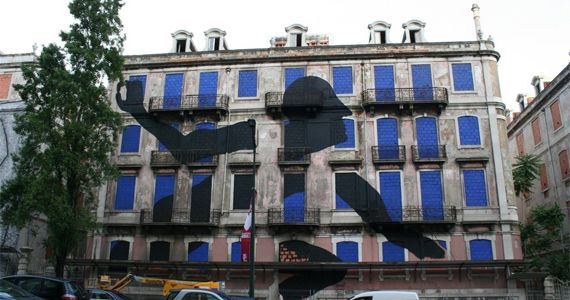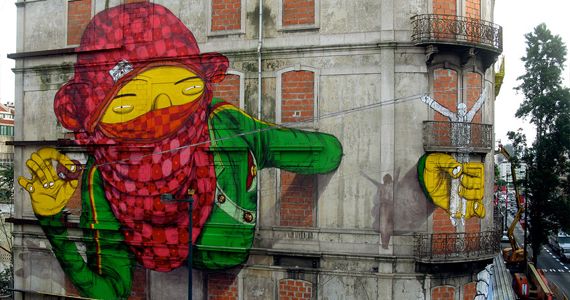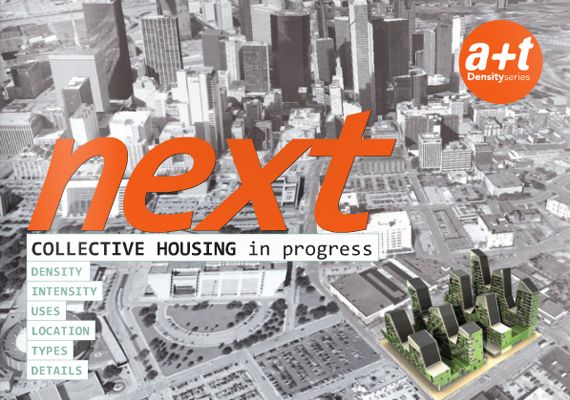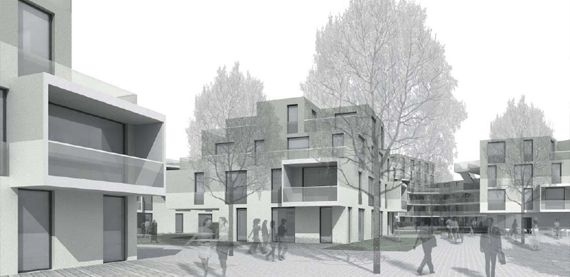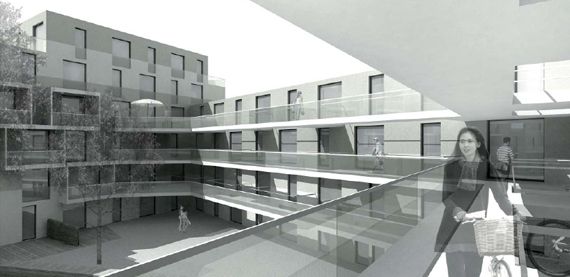I don't think sustainability is a design aesthetic, any more than having electricity in your building, or telephones, or anything else. It's an ethic, a basic consideration that we have to have as architects designing buildings. (…) in 10 years we're not going to talk about sustainability anymore, because it's going to be built into the core processes of architecture.
This quote from Robert Stern circled through the web recently. The notion that sustainability will cease to be an issue within a decade is quite debatable but Stern raises an interesting argument. He is correct to claim that sustainability is not a design aesthetic. In fact, it is not even a design problem as much as it is an industrial one.
Some of the greatest energy impacts that can be quantified within the process of building are the outcome of the techniques applied during its construction. Also, just as important as the efficiency of the materials applied, is the energy footprint of their fabrication. And this poses a problem for us, architects, because it is still very hard to get precise data regarding these issues. But what is worse is that, for the most part, we are not really paying attention to any of this. We are instead focusing on sustainability as a design problem.
The reasons behind this lie in the foundations of our education. The central part of architectural learning relies in the notion of architecture as a process of design. We are formatted to solve problems through design. That is what makes us most distinctive from engineers. But, when regarding sustainability, this might pose a problem of thinking. We must begin to address this issue through quantifiable numbers. It is not something we can solve through formal creativity alone.
When facing these problems at an urban scale, the implications seem even more daunting. REX’s recent proposal for the LOW2NO urban development competition in Helsinki presents an interesting effort to deal with these issues in their full complexity. It is an extraordinarily ambitious project with great theoretical repercussions. It attempts to deal with the phenomena of city dispersion considering its implications to a wider notion of ecological balance. Joshua Prince-Ramus reminds us that building energy efficiency is a relatively small factor when compared to the carbon intensive lifestyles that accompany mass suburban migration. A problem that needs to be addressed beyond design, looking into the very decision making processes that guide the management of resources and the distribution of buildings and infrastructures in the territory.
![[a barriga de um arquitecto]](http://2.bp.blogspot.com/-doCk6vK2R5k/WfbuRd0sCMI/AAAAAAAAFq0/2LEik04kW2kG9S6g9GIwWPz5gWetGVEhQCK4BGAYYCw/s1600/bA_LOGO_MOCHA_2016_650.jpg)

